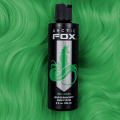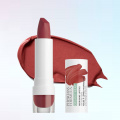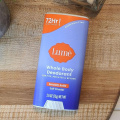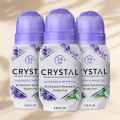What is Asbestos? US EPA announces ban on the deadly carcinogen still in use decades after a partial ban
The US EPA announced on Monday that it is taking a "historic" step in outlawing the further use of asbestos, which has long been connected to various cancers.
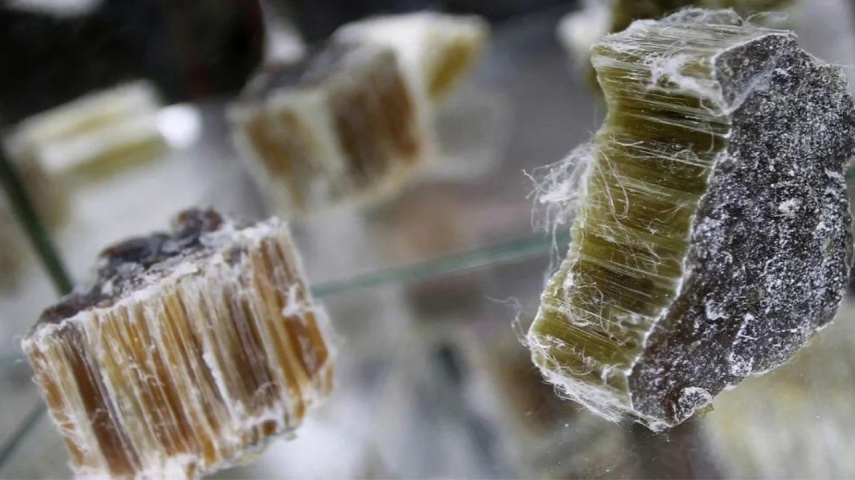
-
EPA has banned asbestos, the only form of asbestos currently being used or imported to the US
-
Exposure to asbestos is known to cause lung cancer, mesothelioma and other cancers
Decades after most developed nations started to phase out the cancer-causing raw material, the US Environmental Protection Agency has announced a ban on the sole kind of asbestos currently in use or imported into the country.
EPA announces ban on Chrysotile asbestos
Chrysotile asbestos is the only type of asbestos that is currently being used in or imported into the United States, and the agency has announced the final rule for this material. It is the most widely used kind of asbestos in the world and is used in auto parts, including gaskets, friction products, and aftermarket braking and lining systems. Fifty other countries have also outlawed it.
What is asbestos?
The naturally occurring material known as asbestos is thin, fibrous, heat-, electricity-, and corrosion-resistant. Because of its low cost, producers and contractors have used various versions of the material in hair dryers, cigarette filters, and insulation for homes. Manufacturers reduced their usage of asbestos after scientists discovered that the fibers could readily break into little particles that could harm the lungs when inhaled.
Even though asbestos use has been decreasing in the US for many years, the EPA claims that asbestos exposure is responsible for over 40,000 fatalities in the country. Research indicates that asbestos exposure can cause lung cancer, mesothelioma, ovarian cancer, and laryngeal cancer.
EPA celebrates the ban
The EPA celebrated the shift on Monday, calling it a "major milestone" for chemical safety "after more than three decades of inadequate protections and serious delays during the previous administration." The EPA gave various industries different timelines to get away from asbestos.
The ban on auto industry gaskets, brakes, linings, and other vehicle friction products takes effect six months after the final rule's date of publication in the Federal Register, or sixty days after that date.
Asbestos diaphragms are used by the chlor-alkali industry, the world's largest producer of chlorine, to produce sodium hydroxide and chlorine, which the EPA states is "critical" for disinfecting wastewater and drinking water.
The eight US factories that still rely on asbestos diaphragms for their operations will need to find alternative ways to generate chlorine, according to the government. They will have a minimum of an additional five years to complete this change.
A statement was released by the American Chemistry Council, a trade group that advocates for businesses that use asbestos products. According to data from its Chlorine Panel, the EPA required a 15-year timeline for transition to “support an orderly transition and to avoid a significant disruption of chlorine and sodium hydroxide supplies.”
According to the EPA, if there is a phaseout that lasts longer than two years, stringent workplace safety regulations will be necessary to safeguard the health of workers. The extremely soft mineral known as talc, which is frequently mined alongside asbestos, and asbestos-containing talc were also the subject of an evaluation by the EPA on Monday.





 JOIN OUR WHATSAPP CHANNEL
JOIN OUR WHATSAPP CHANNEL









































